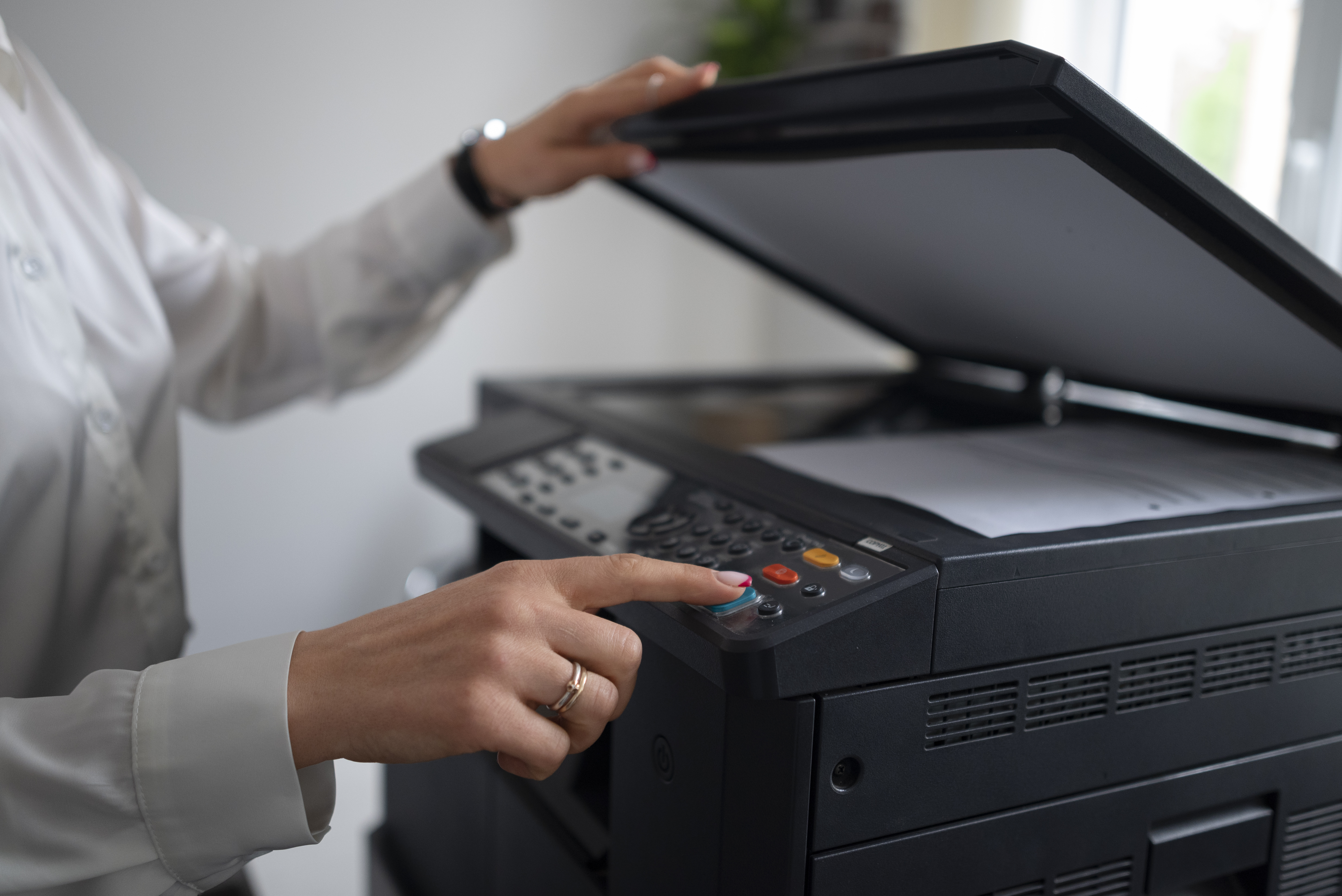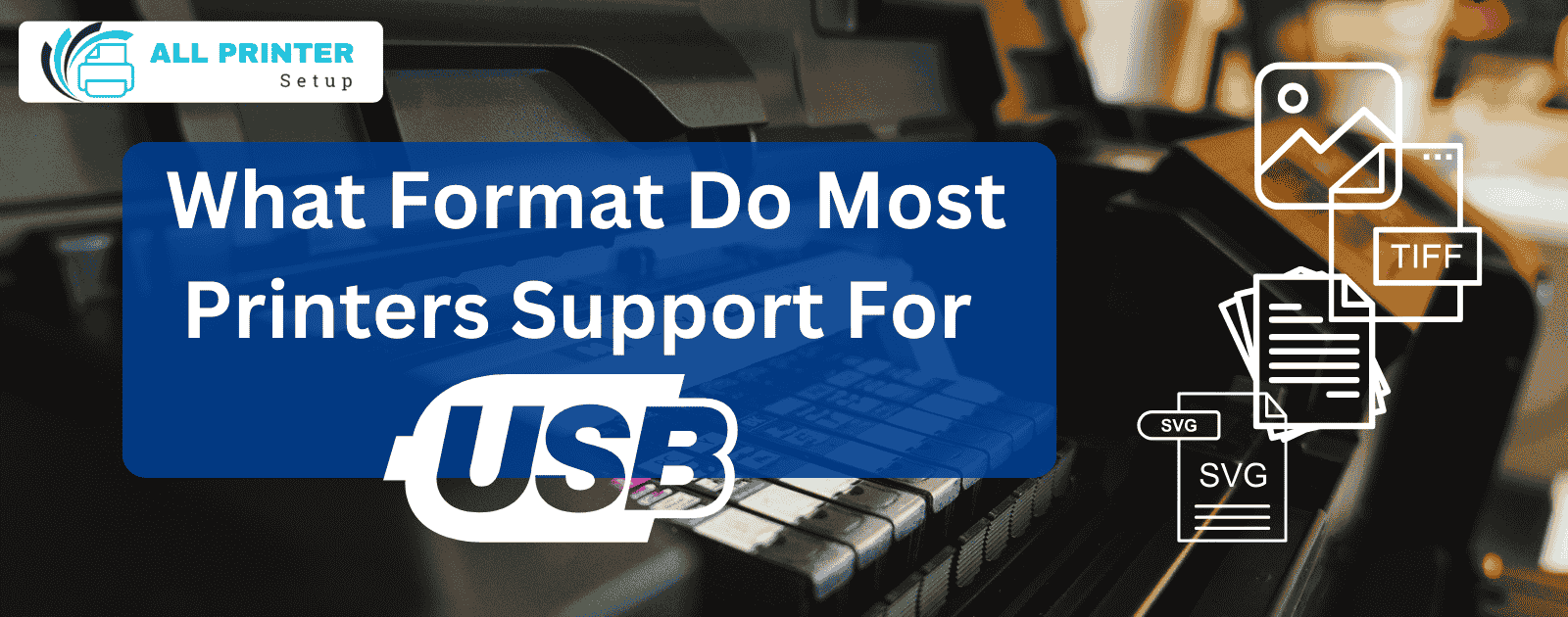
Introduction:
Welcome to ALL PRINTER SETUP - Your Printer Assistant for your help or printer support. Today we discussed “What format do most printers support for USB?”. Printing documents directly from a USB drive is a convenient way to save time and streamline the process, eliminating the need to transfer files from a computer to a printer. The most commonly supported formats for USB printing include PDF, JPEG, and TIFF.
PDFs are ideal for maintaining consistent formatting across devices, while JPEGs are perfect for images due to their compression, allowing for quicker prints.
TIFF files are favored for high-quality images, making them suitable for professional use. Many printers also accept Microsoft Office formats like Word, Excel, and PowerPoint, along with specialized formats such as EPS and PS, enhancing flexibility for various printing needs.
However, it's important to consider file size limitations when printing from a USB drive. Most printers impose a maximum file size restriction based on their memory capacity, which can lead to delays or errors when processing large files.
Additionally, the type of paper used may affect these limitations, especially with specialty papers. To avoid printing mishaps, check your printer’s specifications for compatible formats and size restrictions.
By understanding these factors, you can ensure a smooth and efficient printing experience. For any assistance with your printing needs, All Printer Setup is here to help!
Some printers do not accept a certain file format, while some file formats are only good for particular size applications. Some file formats even require conversion before printing, especially in places where the printer's files are not converted in-house.
Most printers take a USB 2.0 A/B cable. The "A" end of the cable is attached to the computer's USB port, and the "B" end attaches to the printer itself.
Let’s Discuss:
Knowing the file formats your printer accepts when printing from a computer or any other device will greatly help you. That is why, today, we would like to describe the most common file formats supported by most printers connected via USB, to choose the best one for your job, and some general tips on troubleshooting common issues that might arise.
Understanding Printer Formats
Printers are designed to interpret and print various file formats. The primary formats supported by most printers can generally be categorized into two groups: document formats and image formats.
1. Document Formats
These formats are primarily used for any text and layout-heavy content. The most common of them include:
- PDF (Portable Document Format): PDFs are one of the most commonly accepted formats for printing. They do retain the original formatting, fonts, and images of a document, therefore best used for professional documents, reports, and brochures. Most modern printers could easily handle PDFs.
- DOC/DOCX (Microsoft Word Document): Files that are extremely word-heavy are best as DOC/DOCXs. Generally, most printers natively print DOC and DOCX files if the printer resides on a Windows machine with a copy of Microsoft Office installed.
- TXT (Plain Text File): Although plain text documents do not have rich formatting, nearly every operating system natively supports the TXT file type and prints without issue on virtually any printer.
- RTF files: These maintain only basic formatting and may be printed on most any printer. They make for a good substitute if you need some degree of formatting but also want a file type more flexible than DOC or DOCX.
2. Image Formats
For images and graphics, the following formats are widely supported:
- JPEG/JPG (Joint Photographic Experts Group): JPEG is one of the most common image formats. It’s suitable for photographs and complex images due to its efficient compression, making it easy to print.
- PNG (Portable Network Graphics): PNG files support transparency and are often used for web graphics. Most printers handle PNG files well, making them a good choice for images that require a clear background.
- GIF (Graphics Interchange Format): While GIFs are commonly used for animations, they can also be printed as still images. However, because of their limited color palette, they may not be the best choice for high-quality prints.
- BMP (Bitmap): BMP files are uncompressed images that can produce high-quality prints. However, they can be large in size, which may affect printing speed and storage.
3. Specialized Formats
Some printers, especially those used for specific applications (like graphic design or photography), may support additional specialized formats:
- TIFF (Tagged Image File Format): TIFF is favored in professional settings due to its high quality and flexibility. It’s often used for images requiring high fidelity, such as scanned photographs or artwork.
- SVG (Scalable Vector Graphics): Some modern printers can handle SVG files, especially those designed for graphic design and web applications. SVGs are vector-based, allowing for scalable graphics without losing quality.
Choosing the Right Format
When deciding which format to use for printing, consider the following factors:
- Type of Document: If you’re printing a text-heavy document, PDF or DOC/DOCX is the best choice. For images, JPEG or PNG is often more suitable.
- Quality Requirements: If you need high-quality prints, opt for TIFF or BMP files. For standard printing, JPEG or PDF will work just fine.
- Compatibility: Ensure that the format you choose is supported by both your printer and the software you’re using. Check your printer’s manual or the manufacturer's website for specific format support.
- File Size: Be mindful of the file size, especially with BMP and TIFF formats. Larger files can take longer to print and may require more storage space.
Troubleshooting Common Issues
Even with the right formats, you might encounter some printing issues. Here are some common problems and their solutions:
1. Printer Not Recognizing the File
- Check the Format: Ensure that the file is in a supported format. If not, convert it to a compatible one.
- Update Printer Drivers: Make sure your printer drivers are up to date. Outdated drivers may cause compatibility issues.
2. Poor Print Quality
- Resolution Settings: Ensure that the resolution settings in your printing preferences are set correctly. Higher resolutions yield better print quality.
- File Type: If you’re printing images, use formats like TIFF or PNG for better quality.
3. Slow Printing Speed
- File Size: Large files, especially in BMP or TIFF format, can slow down the printing process. Consider compressing the images or using smaller file formats.
- Printer Memory: Check if your printer has sufficient memory for large print jobs. If not, reduce the size of the files you’re printing.
Understanding USB Printing File Size Limitations and Compatibility Factors
When using USB printing, it's significant to have an understanding of the size limitations of files. One should be able to note that files up to 2GB are largely printable using a USB printer. However, if the file size exceeds 2GB, they must send it via a network or cloud-based service. Nonetheless, the type of file and its compatibility would depend solely on the printer type, as most printers normally support PDFs, PostScript, and HP-GL/2, but some printers will only process files. For instance, laser can print PDF and EPS while inkjet can do better with TIFF files. It is worth noting that most computers only allow a process of 1.5GB through the printers, thus knowing these limits can save one the hassle of failed printing.
Compatibility in USB printing depends on several issues which might determine this such as file format, file size, printer software, and type of USB connection. Common formats used are .pdf, .jpg, .tif, and .png. Less often used formats are .docx, .xlsx, and .ppt, and those are mostly in instances of printing directly from a USB. The size of a USB print is usually around 4GB; the size may vary depending on the printer model used and the actual file format. Larger files take longer to print. This can improve efficiency if using smaller sizes. At All Printer Setup, we do all these just to guide you through all the factors and be able to have an effortless printing experience.
Conclusion
Understanding the formats that printers support for USB connections is essential for ensuring a seamless printing experience. By choosing the right format for your documents and images, you can enhance the quality of your prints and avoid common issues. If you have further questions or need assistance with your printer, feel free to reach out to ALL PRINTER SETUP. We’re here to help you with all your printing needs!
In Shortly:
In short, we explain the variety of formats for USB printing, including:
- PDF: Portable Document Format is a print-ready file format that is commonly used and compatible across many printers, (PDF 1.7 and below).
- TIFF: A format that uses lossless compression to preserve image quality, but can be large in size, (TIFF 6.0 Baseline).
- JPG: A popular format for digital photography that can compress files while maintaining quality, (JPEG Baseline ).
- BMP: A common format for USB printing, (A common file format for USB printing).
- TXT: A common format for USB.
- DOC/DOCX: A common format for USB printing.
- XLS: Some printers may support this format.
- PPT: Some printers may support this format.
- PRN: A print-to-file format created by HP that can be printed later without a PC or driver, (Files created by the printer's driver).
- XPS: XML Paper Specification 1.0
- PNG: A common file format for USB printing.
Some printers may not be compatible with certain file types, and some file types may have size limitations. If a printer doesn't have built-in file conversion, users may need to convert files on a computer or mobile device before printing.
Most printers are compatible with a USB 2.0 A/B cable. The "A" side of the cable plugs into the computer's USB port, and the "B" side plugs into the printer.
Microsoft Word, Excel, PowerPoint, EPS, PS, RAW, PSD, and AI. The maximum file size that can be used for USB printing is usually around 4GB, but this can vary depending on the printer and the file type being printed.
Book Your Appointment Now at https://allprintersetup.com/contact
Was this article helpful?
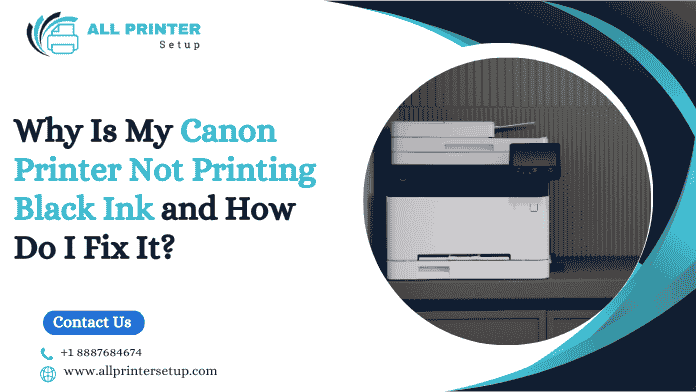
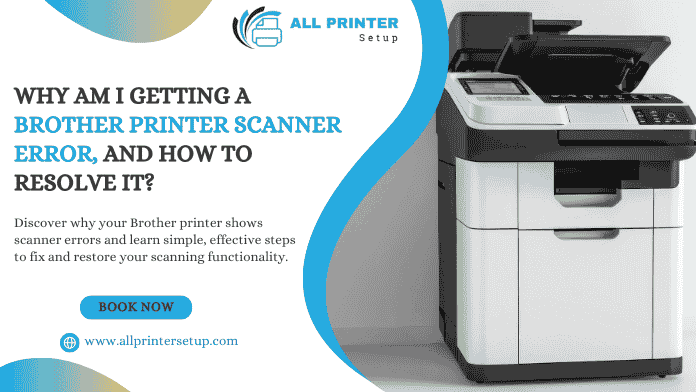
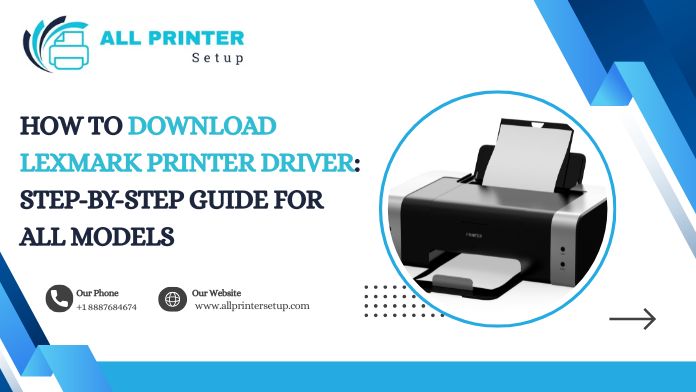
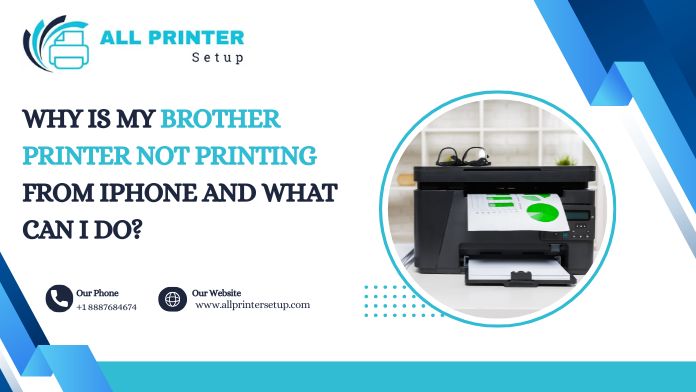
.png)
.png)
_1728455153.png)
